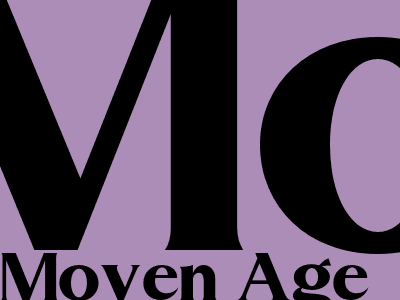The Enchanting World of the Middle Ages
Reliving the Tapestry of History
The Middle Ages: a captivating era painted with the hues of chivalry, feudalism, and enigmatic shadows of the past. Step into a time when castles stood tall, knights roamed the lands, and the Church wielded immense power. From the fall of the Roman Empire to the dawn of the Renaissance, this intriguing period continues to captivate hearts and minds alike.
The Birth of Feudalism
As the Roman Empire crumbled, a new societal structure arose: feudalism. This intricate system bound lords and vassals together in a web of obligations and fealty. Vassals swore allegiance to their lords in exchange for land and protection, creating a hierarchical pyramid that defined medieval society.
Knighthood and Chivalry
The Middle Ages witnessed the emergence of knighthood, an elite class of warriors renowned for their courage, loyalty, and adherence to the chivalric code. Knights underwent rigorous training, mastering the arts of warfare and embodying the ideals of honor, valor, and courtesy.
The Influence of the Church
The Catholic Church played a dominant role in medieval life, wielding both spiritual and temporal authority. Monasteries served as centers of learning and culture, preserving ancient knowledge and nurturing the arts. Popes and bishops exerted significant political influence, shaping the course of history.
Towns and Trade
As feudalism took hold, towns began to flourish, becoming hubs of commerce and industry. Trade routes spanned far and wide, carrying goods and ideas across vast distances. Merchants formed powerful guilds, influencing economic and social developments.
Cathedrals and Architecture
The Middle Ages witnessed a remarkable outpouring of architectural creativity. Majestic cathedrals soared towards the heavens, adorned with intricate carvings and stained-glass windows. Castles and fortifications defended realms and symbolized the power of feudal lords.
The Black Death
In the mid-14th century, a devastating plague swept across Europe, known as the Black Death. This catastrophic event claimed the lives of millions, leaving an indelible mark on medieval society and forever altering its course.
The End of the Middle Ages
The invention of the printing press, the voyages of exploration, and the rise of humanism gradually ushered in the Renaissance, marking the end of the Middle Ages. However, the legacy of this transformative era continues to resonate today, shaping our understanding of history, culture, and the human experience.
Conclusion
The Middle Ages, a tapestry woven with vibrant threads of adventure, intrigue, and enduring legacy, offers a rich and fascinating chapter in human history. From the grandeur of chivalry to the complexities of feudalism and the enduring influence of the Church, this captivating period continues to enchant and inspire.

Comments